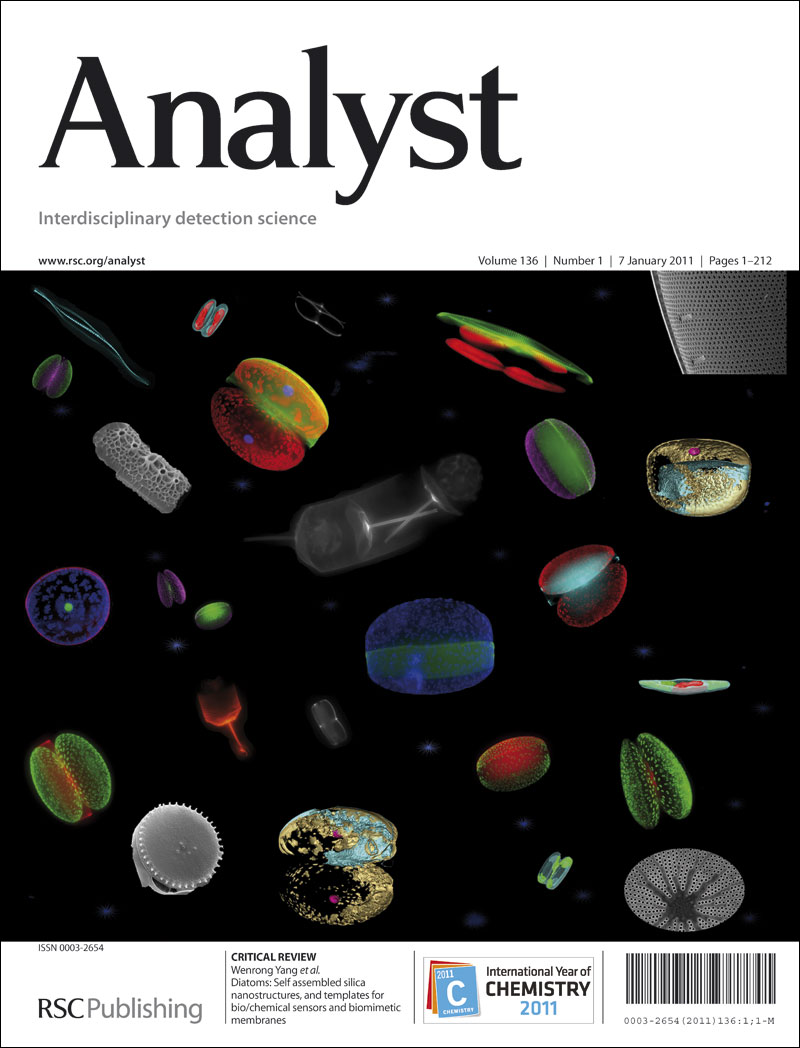Micro-immobilized enzyme reactors for mass spectrometry proteomics
IF 3.6
3区 化学
Q2 CHEMISTRY, ANALYTICAL
引用次数: 0
Abstract
Micro-immobilized enzyme reactors (μ-IMERs) have proven to be superior to traditional enzymatic methods by offering improved enzyme stability, less reagent consumption, and higher reaction efficiency. This review aims to provide an assessment of recent advances in μ-IMER design, fabrication, and proteomic applications. Common immobilization methods including adsorption, covalent binding, affinity binding, and entrapment are discussed, and their respective advantages, challenges and possible future development directions are summarized. The review also covers different μ-IMER designs, including open-tube, packed, monolithic reactors, and membrane-immobilized enzymes, and provides a detailed analysis of their structural architectures and operational performance characteristics. In addition, μ-IMER applications in proteomics are presented, demonstrating their potential for improving sample preparation and analytical workflows. Finally, we summarize the current state of development and the challenges faced, offering new insights into potential future directions.微固定化酶反应器用于质谱分析蛋白质组学
微固定化酶反应器(μ-IMERs)具有更好的酶稳定性、更少的试剂消耗和更高的反应效率,已被证明优于传统的酶促反应方法。本文综述了μ-IMER在设计、制备和蛋白质组学应用方面的最新进展。讨论了吸附法、共价结合法、亲和结合法和包埋法等常用的固定化方法,并总结了各自的优势、挑战和未来可能的发展方向。综述了不同的μ-IMER设计,包括开管反应器、填充反应器、整体反应器和膜固定化酶,并详细分析了它们的结构结构和操作性能特点。此外,μ-IMER在蛋白质组学中的应用也被提出,展示了它们在改善样品制备和分析工作流程方面的潜力。最后,我们总结了当前的发展状况和面临的挑战,并对潜在的未来方向提出了新的见解。
本文章由计算机程序翻译,如有差异,请以英文原文为准。
求助全文
约1分钟内获得全文
求助全文
来源期刊

Analyst
化学-分析化学
CiteScore
7.80
自引率
4.80%
发文量
636
审稿时长
1.9 months
期刊介绍:
"Analyst" journal is the home of premier fundamental discoveries, inventions and applications in the analytical and bioanalytical sciences.
 求助内容:
求助内容: 应助结果提醒方式:
应助结果提醒方式:


